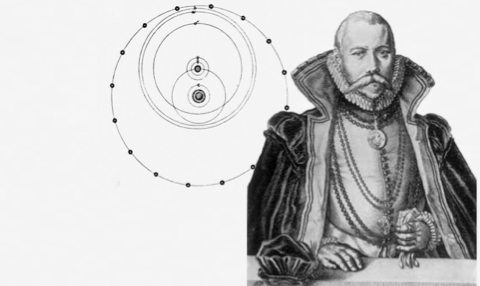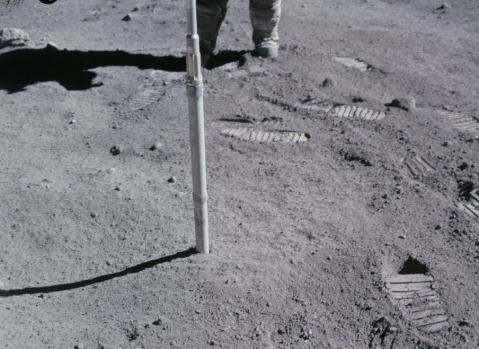
A student who has used some of my science courses contacted me asking if something he heard in a sermon was actually true. He said that it sounded kind of hard to believe, based on what he knew about science. The student’s question made me happy for two reasons. First, it showed that he was diligent in trying to learn the truth. Second, it showed that he was able to take what he had learned from my science courses and use it to do some critical thinking.
Here is one version of the story he heard:
The eagle has the longest life-span among birds. It can live up to 70 years, but to reach this age, the eagle must make a hard decision. In its 40’s, its long and flexible talons can no longer grab prey which serves as food. Its long and sharp beak becomes bent. Its old-aged and heavy wings, due to their thick feathers, become stuck to its chest and make it difficult to fly. Then, the eagle is left with only two options: die or go through a painful process of change which lasts 150 days. The process requires that the eagle fly to a mountain-top and sit on its nest. There, the eagle knocks its’ [sic] beak upon a rock until it plucks it out. After plucking it out, the eagle will wait for a new beak to grow back and then it will pluck out its talons. When its new talons grow back, the eagle starts plucking its old-aged feathers. After five months, the eagle takes it famous flight of re-birth and lives for 30 more years!
The idea, of course, is that change is hard, but if you make the change, great things can happen. While this is an inspiring tale, almost nothing in it is true. Let’s just start from the beginning and work through the story, comparing what the story claims to what we know about eagles.








